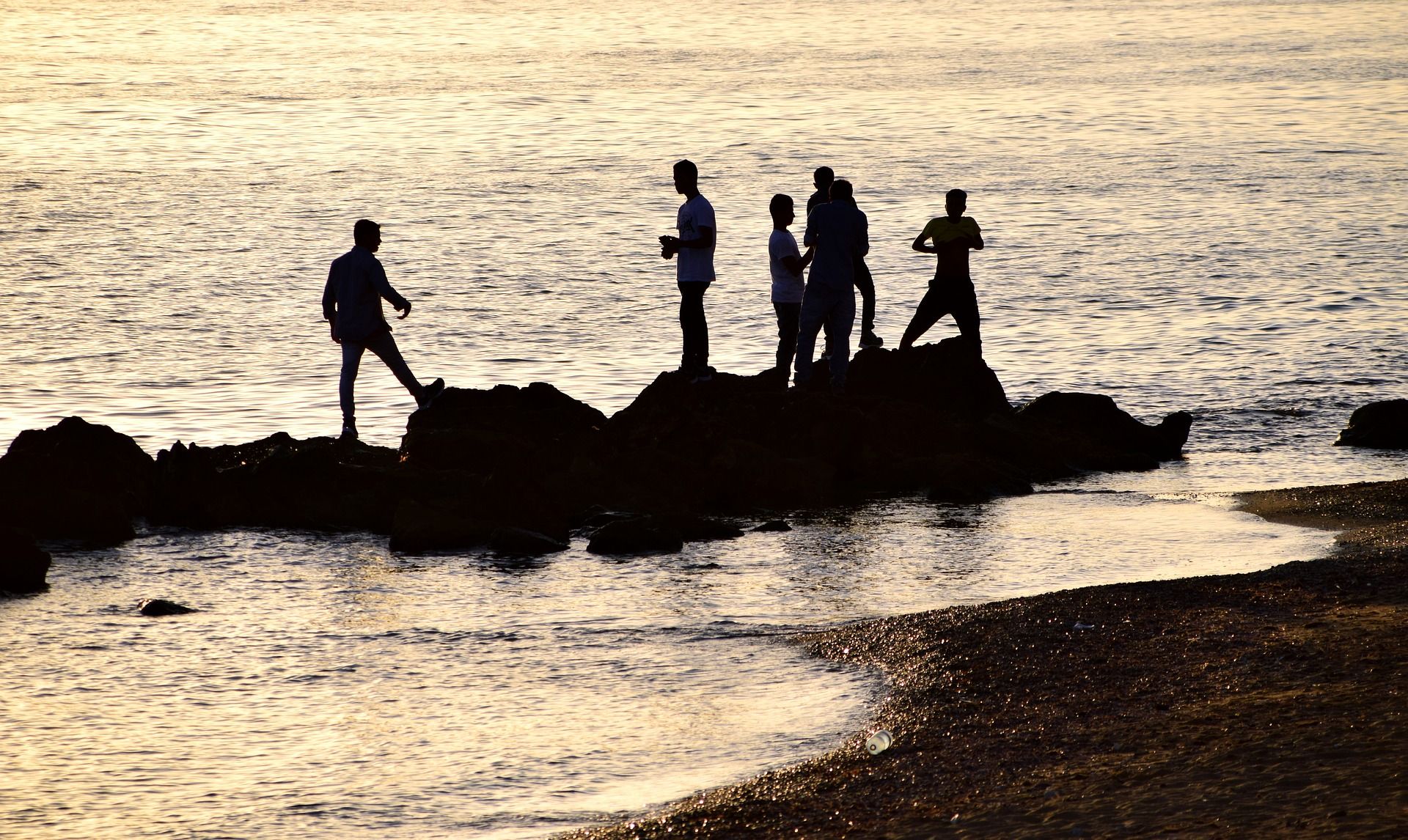Moving burial locations is always controversial. Plans anywhere to move a cemetery for new construction usually spark protests. But a protest today highlights why moving burial locations is especially contentious in Hawaii.
The traditional Native Hawaiian custom had a slightly different view of what happens to the body and spirit after death. For Christians, at death the soul departs to an eternal resting place. At some future time, the body and soul will be reunited by and with a risen Christ. But until then, the body is inert. Moving bodies from Christian cemeteries requires respect and perhaps religious ceremonies but the move itself is not forbidden by any religious doctrine. In contrast, Native Hawaiian tradition holds that a person’s spirit resides in the bones of the body. At death, the bones are planted in the soil to rejoin the island that gave them birth. The spirit remains in the bones; it does not go to a heaven or hell. Moving the bones or even disturbing the ground that houses them disturbs the spirit and disrupts the spiritual communion.
The spirit is also in some sense conscious of its surroundings. Traditionally, burials were in pretty places near other family members who have died. That place has a special significance for living members of the family. However, those locations are not marked like cemeteries. Locations are kept secret. Only family members are entrusted with the knowledge of where their ancestors are buried. This causes problems with development because U.S. laws give cemeteries a higher level of respect than bones that are discovered “inadvertently.” Many in Hawaii believe that developers exploit that difference deliberately to get permission to build on or near burial locations.
Today’s protest is at the Kawaiahao Church, which has encountered traditional unmarked burial sites while building a new multipurpose building. The church has been given permission to proceed with the relocation of remains (called iwi). Protesters do not want iwi moved. The two groups disagree over the move and over which agency should have jurisdiction over it. But they seem to agree that the bones from unmarked graves should be treated differently than those buried in the traditional Christian manner.
This same issue is likely to be prominent in the Honolulu light rail project just now breaking ground. Local views are complex. As is demonstrated by the Kawaiahao Church, many Native Hawaiians converted to Christianity but wish to respect ancestors buried in the traditional manner. Either way, it adds an important consideration to virtually every construction project in Hawaii that doesn’t exist in other places.




